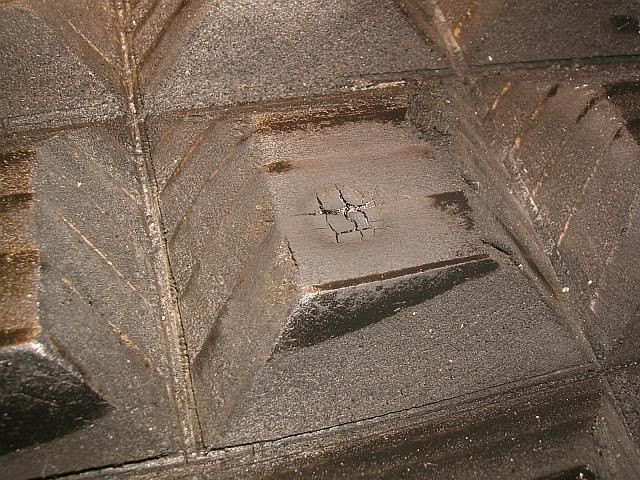Tom said:Balboa said:Yup, you make perfect sense Ona. More reason to come up with a better model
The rate is another factor I was hoping to test for as well, just takes time.
The "offgassing" of water vapor is another issue to be tackled. Evaporation from a shell/skin either real or simulated has an effect on temps. After all this cooking this will be some very dry wood, and I imagine the drier the wood, the poorer at conducting heat.
I had to raise the light this evening, core is up to 90, but the center scute started to combust!
I never saw any flame or smoke, but can smell it, so essentially its more like its being distilled (remembering back to science class in school where we heated wood in a test tube, it turned to char, and we collected the combustible gasses generated).

It is very clear to me that the spotlight I'm using has an intensely hot focused beam at its center. Totally unrelated, but possibly equally important as a safety measure I want to check more lamps for this hot spot. This could prove very damaging to reptiles.
I believe this is exactly what happened to Chewy's scutes. (You know my new female with the exposed bone at the tops of her pyramids). She's perfectly healthy and doing well, by the way.
Glad she's doing well Tom, I actually think about her quite a bit with the research I'm doing.
This ties into something interesting I just found. While looking for figures on thermal conductance of bone, I found this article:
http://www.aspe.net/publications/Annual_2005/POSTERS/1BIOMED/1BMENG/1721.PDF
While it doesn't support my theory one lick, I think its striking enough to share here. They state that bone damage starts to occur at 50 degrees celsius (122 F) and irreparable damage occurs at 70 C (158 F). I found these temperatures easy to hit on my wood blocks, and as it turns out wood may not be so far off from bone as far as thermal conductivity goes (but hopefully enough for a better safety margin).
This is where my lack of time and experience in the hobby shows. Is there documented pyramiding in captivity where no heat lamp was employed? It seems like it might be awful easy to damage the bone enough under a heat lamp, and that damage could result in "unusual growth" ie pyramiding. That or the construction of extra porous cancellous bone could be a defensive measure of the torts body.
This reminds me of a factor that I had not yet considered. Bone as living tissue has blood vessels, so the blood flowing through the shell bone will help to actively carry the heat conducted by the bone to the rest of the body, we aren't relying merely on passive conduction through the tort's body.
The highly porous bone found in pyramided torts SHOULD have a higher conductivity (normal body tissues apparently have a conductivity of around .5 W/mK, whereas cortical (hard) bone around .2) and more room for blood vessels. This could allow for increased heat transfer.
Something that does support my theory is my surface area calculations. (of course these are highly disputable)
I need to think of a better way to measure the surface area of torts.
To get my difference estimate I simplified the more 6 sided shape of an actual pyramided scute to a 4 sided pyramid with the top chopped off. By arbitrarily considering the flat half the length of the base and the slope of the sides 45 degrees, then adding the area of the 4 sides to the area of the top and comparing that to the area of the base, I came up with approx 25% greater surface area. Now if that don't make yer head spin.
25% greater surface area means that considering radiant loss alone, the pyramided tort will require 25% more energy to maintain the same temperature as a smooth shell. I consider that significant. (If a smooth was losing 10 watts, a pyramided may be losing 12.5 watts).
Does that mean the temperature will also be 25% lower for an equal solar energy input ?... ---- too much math and more thinking. It would have to do with temperature differentials and things like that I believe. The greater the difference, the quicker the loss. Its been too many years since I studied this stuff in school.